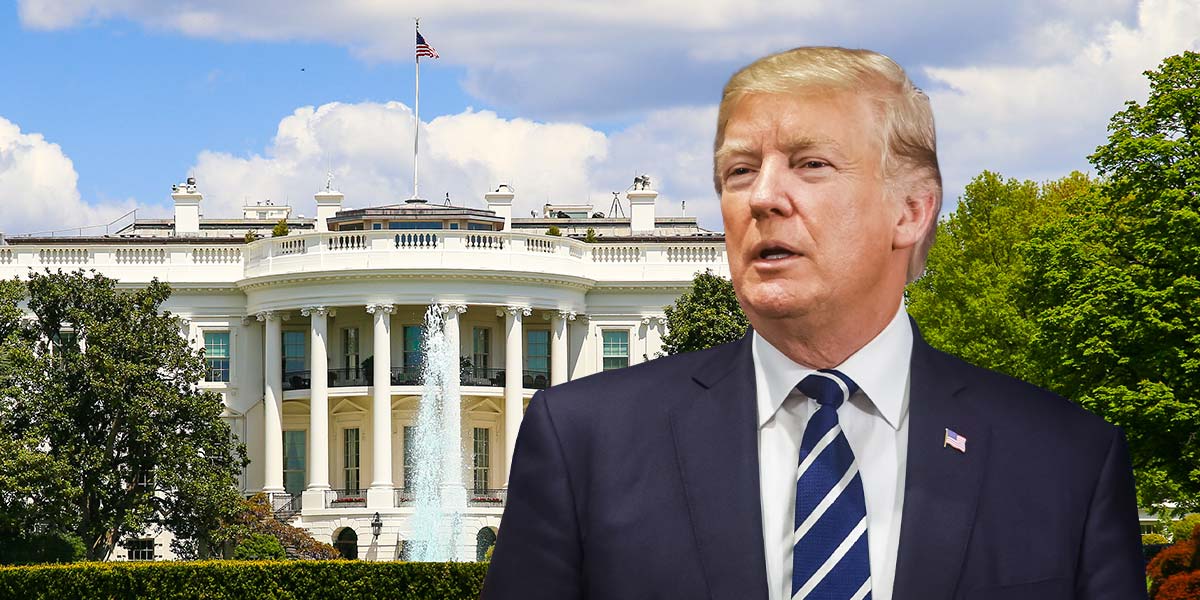The Trump administration began outlining contingency plans on Monday specifying which federal services would be suspended should a government shutdown occur this week, with the U.S. Department of Health and Human Services prepared to furlough 41% of its staff.
This potential shutdown diverges significantly from previous closures, as President Donald Trump’s administration has threatened large-scale dismissals of federal employees and signaled intentions to use the funding gap to scale back the federal workforce.
Vice President JD Vance, following a closed-door meeting, remarked, “I think we’re headed to a shutdown because the Democrats won’t do the right thing.”
A memorandum from the Office of Personnel Management (OPM) clarified on Monday that, under shutdown regulations, activities such as training and onboarding of new government employees are prohibited. However, staff responsible for overseeing potential terminations will remain on duty.
If a shutdown is triggered, the Department of Health and Human Services indicated it will halt admissions to new clinical research studies and restrict public health communications. The U.S. Labor Department, meanwhile, says it would suspend the release of key economic indicators, including the monthly jobs report—an update closely watched by markets—which is scheduled for release this Friday.
The political deadlock largely revolves around disagreements regarding healthcare expenditures and social welfare outlays. While Republicans maintain a 53-seat majority in the Senate, advancing the current spending bill requires 60 votes, leading to an impasse over the proposed legislation.
Historically, government shutdowns have exerted minimal long-term effects on U.S. corporate earnings. Nevertheless, they typically disrupt broader economic activity. The most recent closure spanned 35 days across late 2018 and early 2019. Should the current standoff persist, the publication of September’s nonfarm payrolls data—a critical indicator for financial markets—could face delays.





